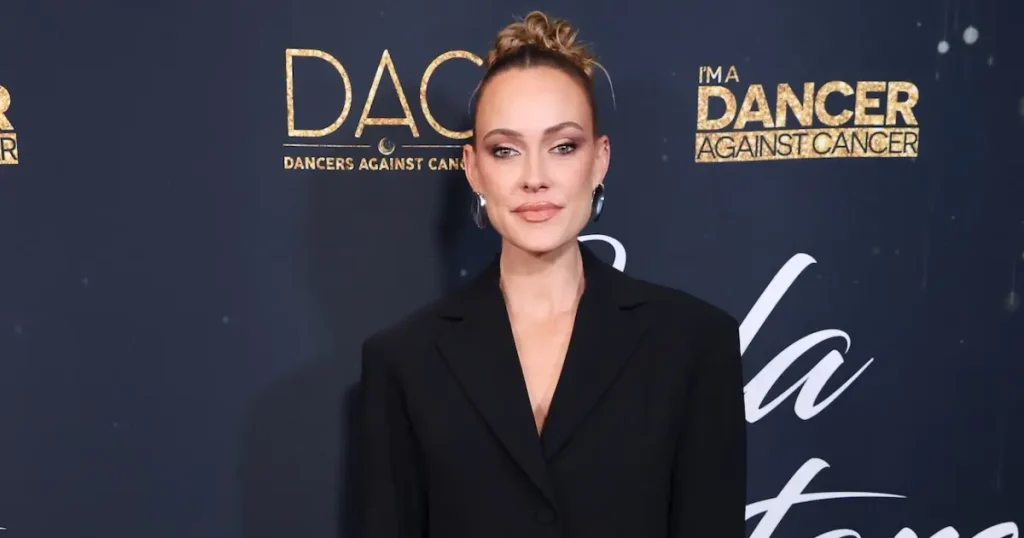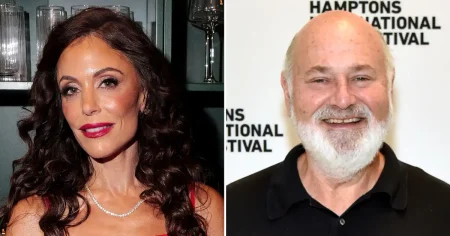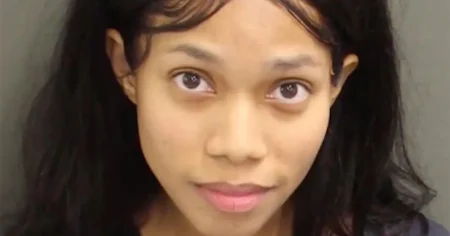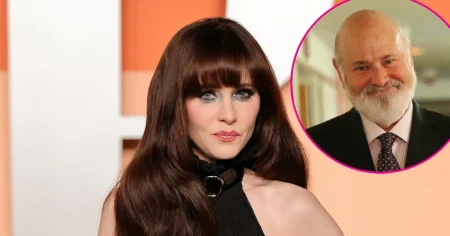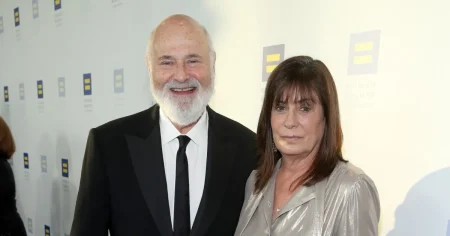Former DWTS Pro Peta Murgatroyd Questions Show’s Scoring System
In a candid discussion on her “Penthouse With Peta” podcast, former Dancing With the Stars professional dancer Peta Murgatroyd expressed significant concerns about the reality show’s current scoring approach. The 39-year-old dancer, who built her career on the competitive ballroom floor, believes the current system fails to accurately reflect contestants’ abilities. “A nine for me is, like, you are close to perfection — and perfection for a celebrity,” Murgatroyd explained during the October 24 episode. She argued that scoring should begin much lower, perhaps at “twos and threes,” to give dancers room to grow throughout the competition. While not singling out specific contestants, her comments came shortly after judges Carrie Ann Inaba, Derek Hough, Bruno Tonioli, and guest judge Jon M. Chu awarded several high scores during the recent “Wicked Night” episode, raising questions about consistency and fairness in the judges’ evaluations.
The evolution of scoring on Dancing With the Stars appears to be a point of contention among both current and former participants. At the beginning of season 34, judge Derek Hough acknowledged that scores might initially seem lower than expected, explaining, “This is a marathon. We want to give you guys room to grow.” His sister and show host Julianne Hough supported this philosophy, noting that maintaining stricter technical standards allows viewers to genuinely track contestants’ improvement over time. “I really appreciated Bruno and Derek dropping the scores a little bit because you want to be able to see people improve, and you want to be able to give them the right critique so they can learn and grow,” she commented on the show’s companion podcast. This approach reflects a desire to balance entertainment value with the technical excellence that has long been the hallmark of competitive ballroom dancing.
The discussion around scoring highlights a broader tension in the show’s identity – the balance between technical dancing and entertainment value. Julianne Hough pointed to changing trends, noting, “We’re in this new generation of TikTok and playful fun and it’s entertaining. But that’s why Dancing With the Stars is so amazing because it is technical and it’s a specific genre and it’s hard to do.” This observation speaks to the evolution of dance as portrayed in popular media, where viral dance trends and social media influence have shifted audience expectations. The challenge for DWTS remains staying true to ballroom tradition while appealing to contemporary viewers who may have different reference points for what constitutes impressive dancing. The judges’ scoring decisions ultimately reflect this ongoing negotiation between tradition and innovation, technical excellence and entertainment appeal.
The judging panel itself has seen changes this season, with former DWTS professionals like Kym Johnson-Herjavec and Cheryl Burke taking guest judging positions. Burke, scheduled to appear on the upcoming Halloween Night episode, recently defended longtime judge Carrie Ann Inaba against viewer criticism. Speaking to Us Weekly, Burke observed the double standard that judges often face: “When the judges are all full of compliments, [people] get mad at that too.” Her comments highlight how judges—particularly female judges—navigate a complex reception from the audience. “If you’re opinionated and you happen to be a woman, there is a little bit of that, right? Because, like, I’m pretty sure every judge has said the same thing at some point, but the reaction to them, to them as individuals, it’s very different,” Burke noted, pointing to potential gender bias in how critiques are received.
The scoring controversy reflects the passionate engagement of the show’s fan base, who closely scrutinize each judge’s decisions and often have strong opinions about who deserves high marks. This season has seen numerous contestants receiving scores of nine from judges, including Whitney Leavitt, Jordan Chiles, and Alix Earle during the “Wicked Night” episode. The contrast with earlier seasons—when contestants like Master P received dramatically lower scores for poorly executed routines—raises questions about whether standards have shifted over the show’s 34-season run. The debate surrounding scoring demonstrates how seriously viewers take the competition, with fans investing emotionally in contestants’ journeys and expecting the scoring to fairly reflect the quality of performances they witness each week.
As Dancing With the Stars continues to air Tuesday nights on ABC and Disney+, the conversation around scoring will likely remain a central aspect of audience engagement. The show has invited viewers to prove their fandom by participating in fantasy leagues through partnerships with Us Weekly and Bracketology.tv, allowing them to predict which pairs will advance to the finale. This interactive element further emphasizes how the scoring system isn’t just an abstract technical consideration but a fundamental component of how audiences connect with and enjoy the competition. Whether the judges continue with their current approach or adjust their scoring philosophy in response to criticism, the passion of both former participants like Murgatroyd and dedicated viewers ensures that the debate around fairness and standards in DWTS scoring will remain as lively as the dances themselves.




